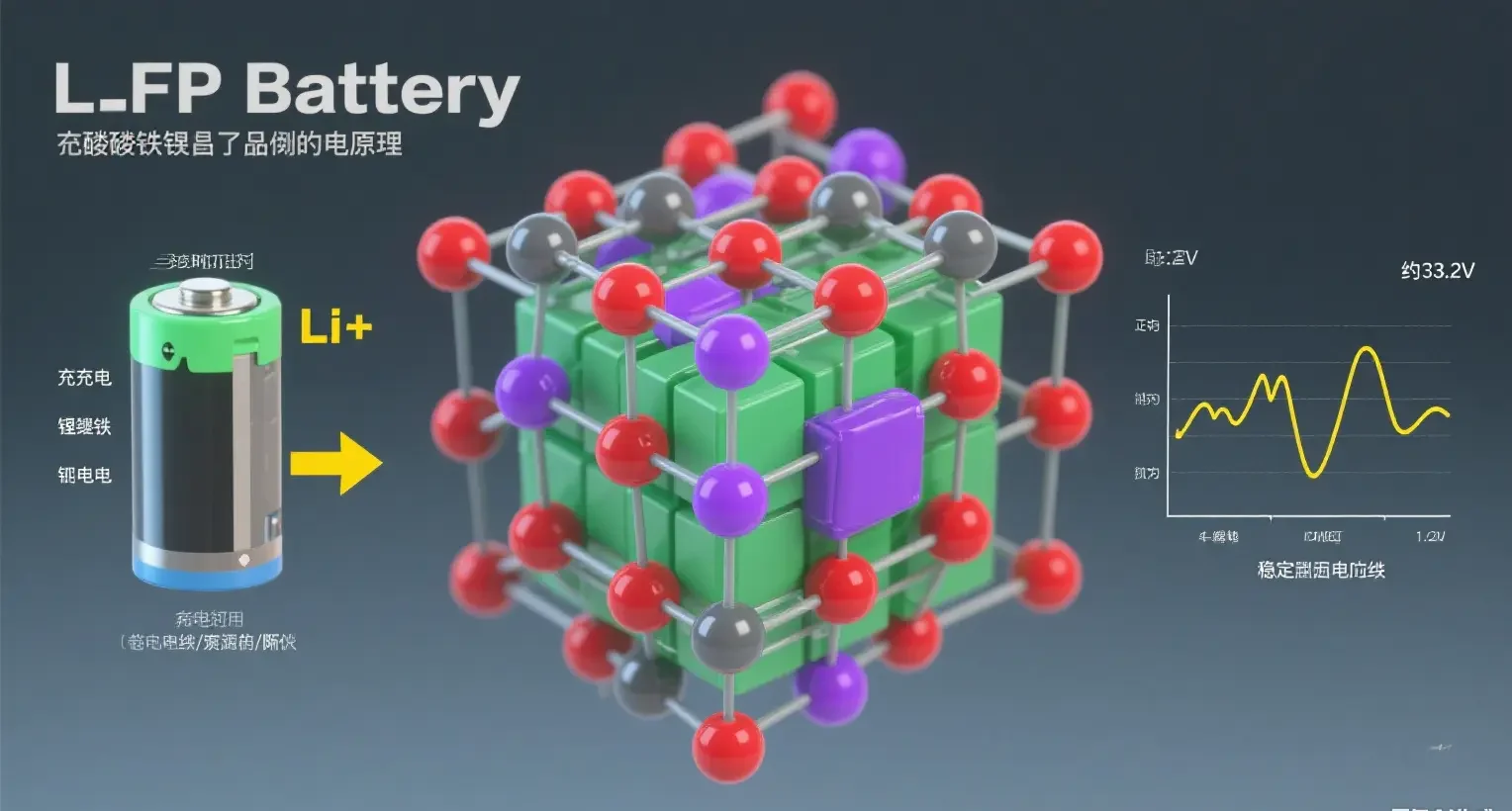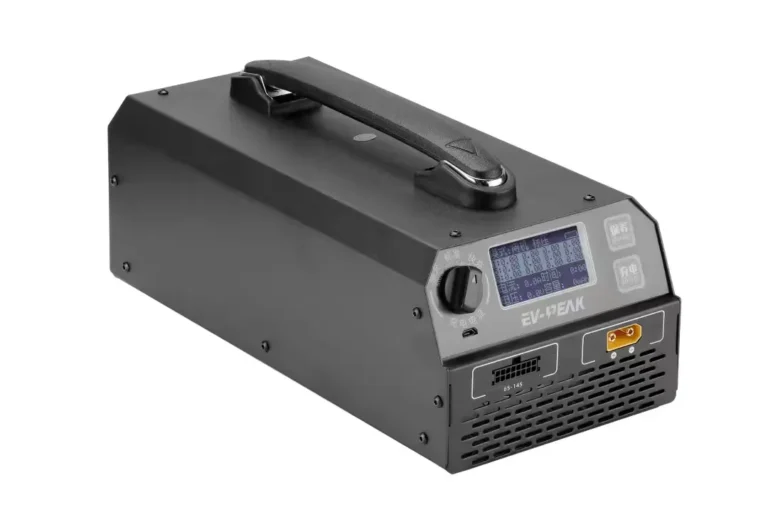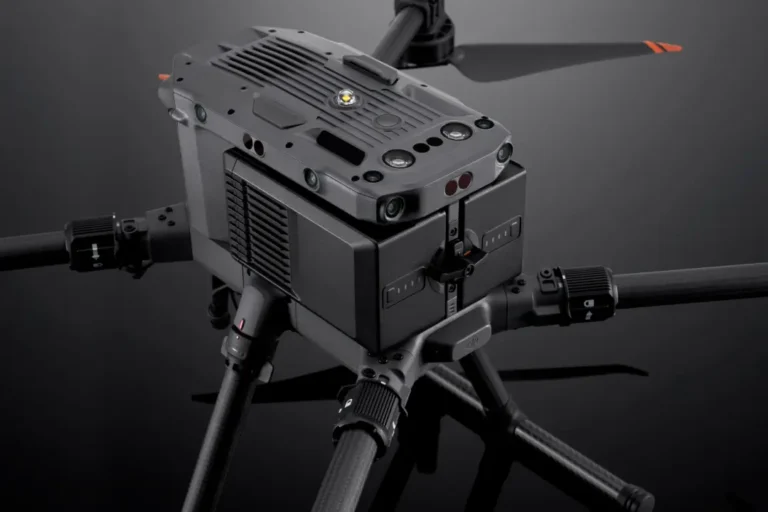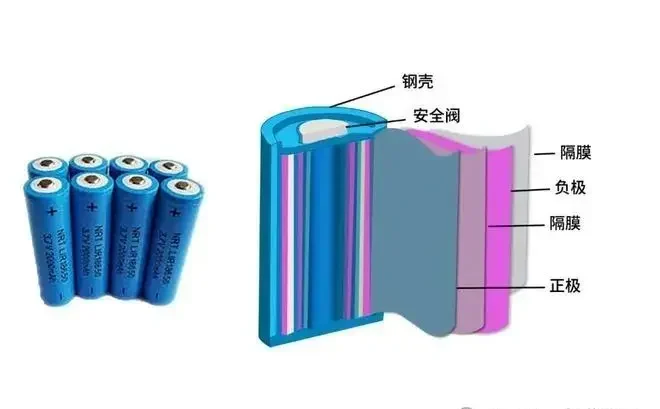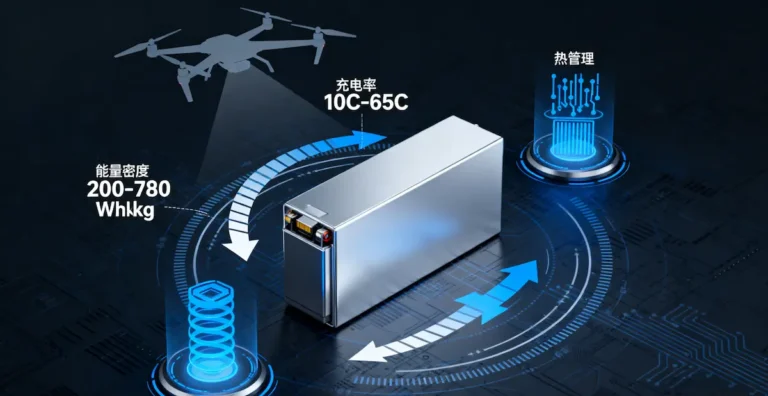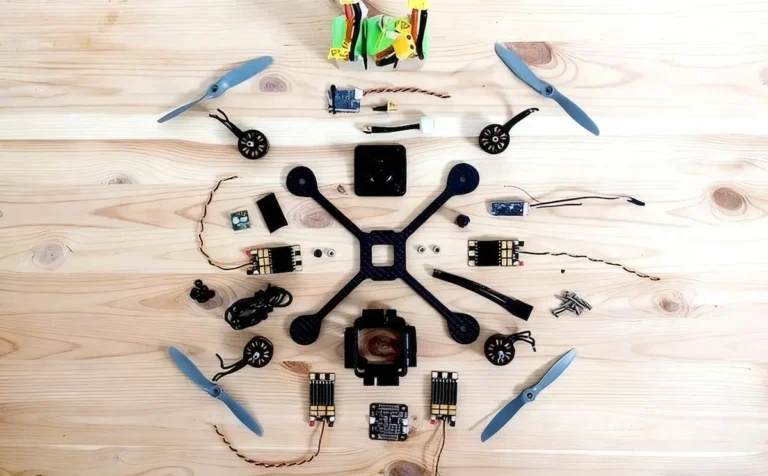Lithium Iron Phosphate (LFP) Battery Technology
Lithium Iron Phosphate (LFP) Battery Core Structure: The Olivine Crystal Safety Code
The olivine structure of LiFePO₄ gives it intrinsic safety characteristics:
- PO₄³-tetrahedral skeleton: bond energy >500 kJ/mol (cornerstone of high temperature stability)
- One-dimensional lithium ion channel: diameter 0.37 nm (restricts orderly lithium ion de-embedding)
- FeO₆ octahedron: volume change during charging and discharging is only 3.7% (up to 10% for NCM)
Thermal stability comparison:
| Materials | decomposition temperature | oxygen release rate |
|---|---|---|
| LFP | >500℃ | 0 mmol/g |
| NCM811 | 200℃ | >2.5mmol/g |
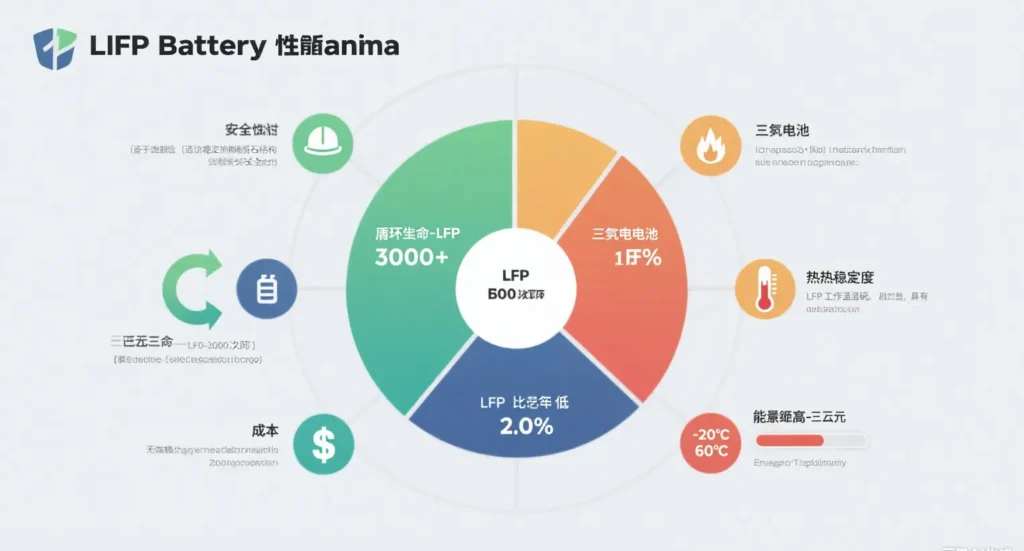
The Double-Edged Sword of Performance: Engineering a Balance of Advantages and Challenges
▶ Irreplaceable safety advantages
1. Thermal runaway threshold:
Pin prick test: temperature peak <200℃ (ternary >800℃)
Thermal diffusion test: >60min without open flame (national standard requirement >5min)
2. Cycle life limit:
- Power battery: >3000 times @ 80% SOH (45℃/1C)
- Storage battery: >12000 times (0.5C/25℃)
▶ Urgent performance bottlenecks to be broken through
1. Energy density ceiling:
- Theoretical value: 170mAh/g → actual pack 180Wh/kg
- Comparison: NCM811 pack up to 280Wh/kg
2. Low temperature kinetic hysteresis:
- -20°C capacity retention: 60% vs. 75% for ternary
- Root cause: Li-ion diffusion coefficient down to 10-¹⁵ cm²/s
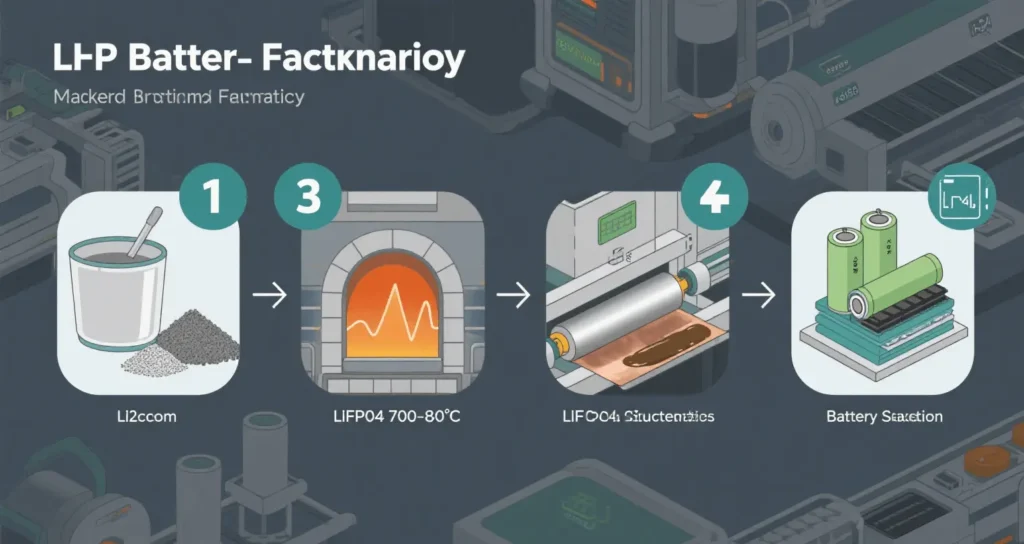
Technology Evolution Path: From Material Modification to System Innovation
1. Material-level optimization
Nano + Carbon Coating:
- Particle size <100nm → Specific surface area >20m²/g
- Carbon layer <5nm → Conductivity increase by 10³ times
Cation doping:
- Mg²⁺ replaces Fe²⁺ → capacity retention rate +15% at low temperature
- NDT Patent: -20℃ capacity>75%
2. Revolutionary breakthrough in structure
| parameters | Traditional LFP | blade battery |
|---|---|---|
| space utilization | 60% | 90% |
| volume energy density | 300Wh/L | 400Wh/L |
| Needle penetration rate | 70% | 100% |
3. System integration innovation
- CTP module-less technology:
- 15% weight reduction + 10% cost reduction
- Thermal management upgrade: Thermal conductivity of liquid-cooled plate >5000W/mK
Golden section of application scenarios
1. New Energy Vehicles
Economy model: system cost <$90/kWh (e.g., Wuling Hongguang MINI)
Mid- to high-end model: 600km range + 5-minute thermal runaway warning (BYD Han EV)
Commercial vehicle sector: 500,000km life (Yutong Bus actual operation data)
2. Energy Storage System
Grid-level energy storage:
cost per kWh <$0.07/kWh (Qinghai 100MW project)
calendar life >20 years (decay rate <0.01%/day)
communication base station:
Huawei intelligent temperature control: -40℃~60℃ all-climate operation
3. Special fields
Deep-sea equipment: >1000m voltage resistance (Struggler power supply)
Mining equipment: IP68 protection + intrinsic safety explosion-proof certification
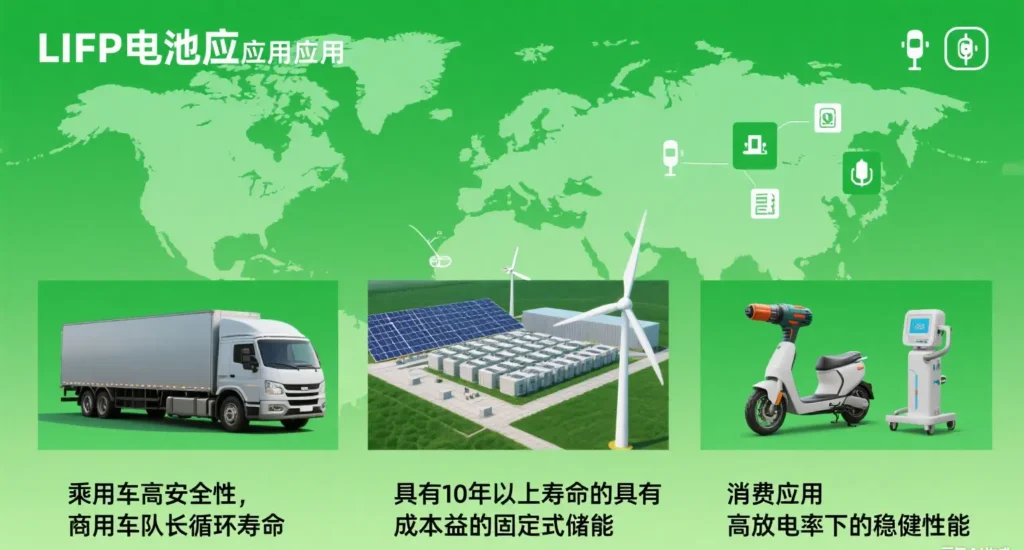
Future direction of technology integration
1.Solid-state electrolyte composite:
LFP+Sulfide SSE → Energy density breaks through 250Wh/kg
2.Sodium-iron hybrid ion battery:
Na⁺/Li⁺ co-embedded → raw material cost reduced by 30%.
3.AI life prediction:
Neural network model based on 20,000 sets of cycle data (error <3%)
With 58% global market share by 2023 (SNE Research), LFP’s safety genes have become the technological baseline for power batteries.

